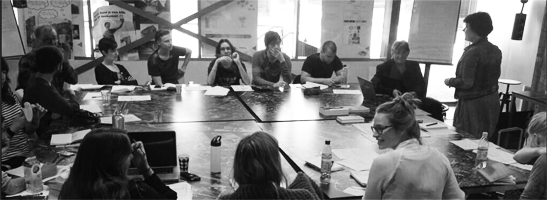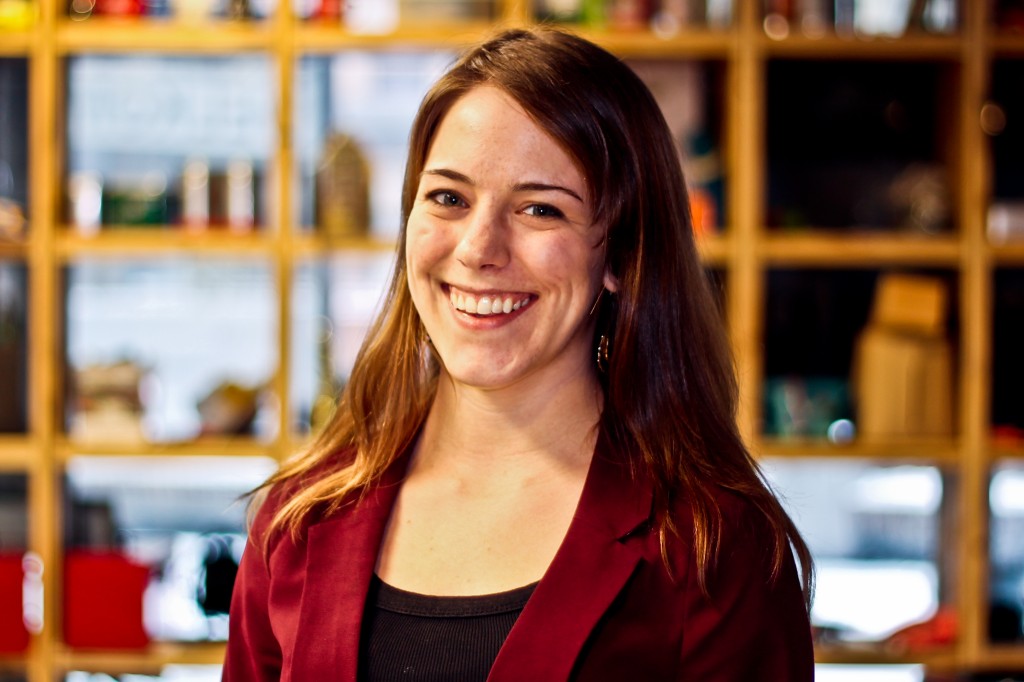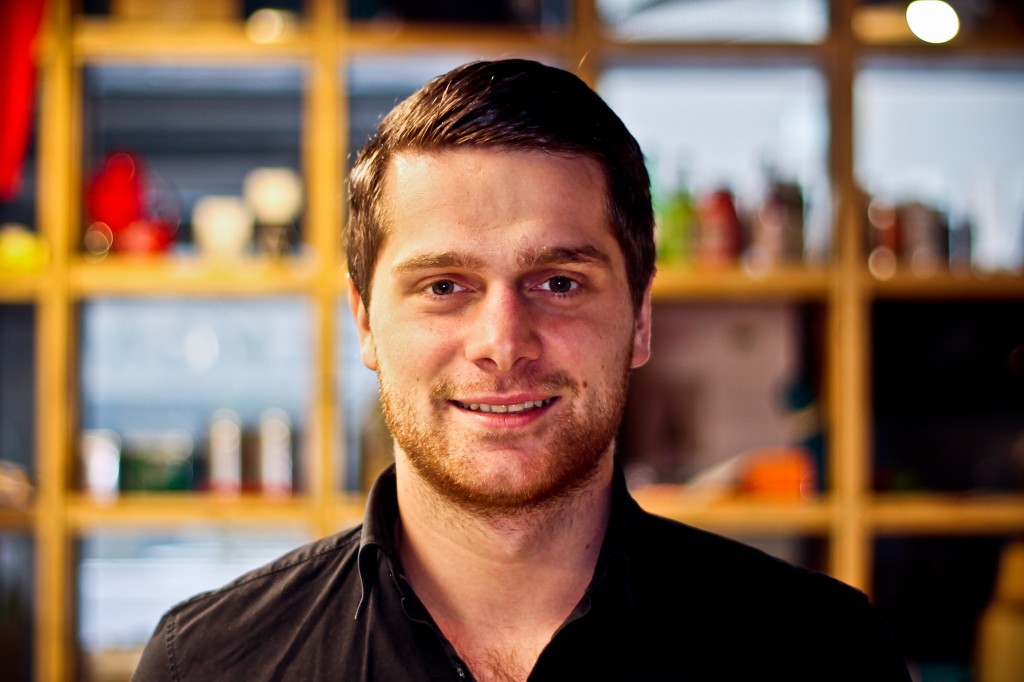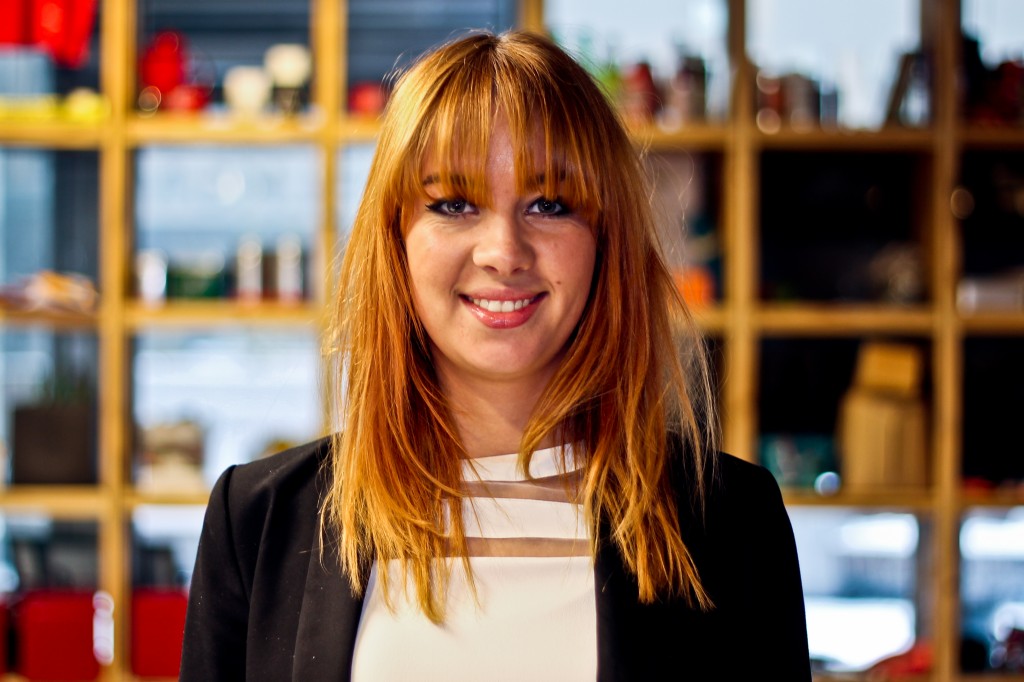
Workshop by Fenny Lücker
This morning we began discussing innovation resources and entrepreneurial processes Fenny Lücker from the Amsterdam Center for Entrepreneurship. She worked with us to help us understand how innovation plays a role in our project. Gideon Bazen, Manager of the HvA’s Digital Life project was also in attendance to advise on how the projects from the mediaLAB can be brought to market.
Examining how innovation is produced and is qualified as successful brought us insights into our own development processes anticipating how the world-at-large will assess the value of our project has been something that’s been kicking around in the back of our minds for some time now. Now that we’re in the final phases of production, its important to define very clearly what the unique selling points of our solution are and how they can be conveyed and emphasized.
Fenny shared with us the work of Saras Sarasvathy and her book “Effectuation: Elements of Entrepreneurial Expertise”. Sarasvathy examined the work of twenty-nine entrepreneurs in their fresh attempts to begin an innovative business. What Savas found was that entrepreneurs were not focused so much on fighting competition, but working with others to fabricate markets; spending affordably to achieve goals rather than seeking purely financial aims.
Identifying the unique selling points of our concept amongst our peers is also leading to a more concrete idea about how we can communicate about the project. A the cult fashion audience, a technical audio media, an academic audience, as well as a greater public all need to be catered to. Rather than just project interns, we were challenged to think as entrepreneurs. Understanding how we can invest in our idea required us to define our value proposition for each customer. Fenny presented several examples of similar services (KLM vs. RyanAir; the circus vs. Cirque de Soleil) to help us realize that two services that accomplish the same thing can exist simultaneously because they have different value propositions.
Although this to a large extent an academic project, our team still needs to view our assigner as our client. Being clear about the role of facilitating partners as co-creators lends itself to the idea of the internal customer. Managing the relationship with the customer during and after the project phase is also an important factor in defining the value proposition. The team was asked tough questions about the means of delivery for the solution – not just the physical transport of the ‘solution’ itself but the communication of its value.






